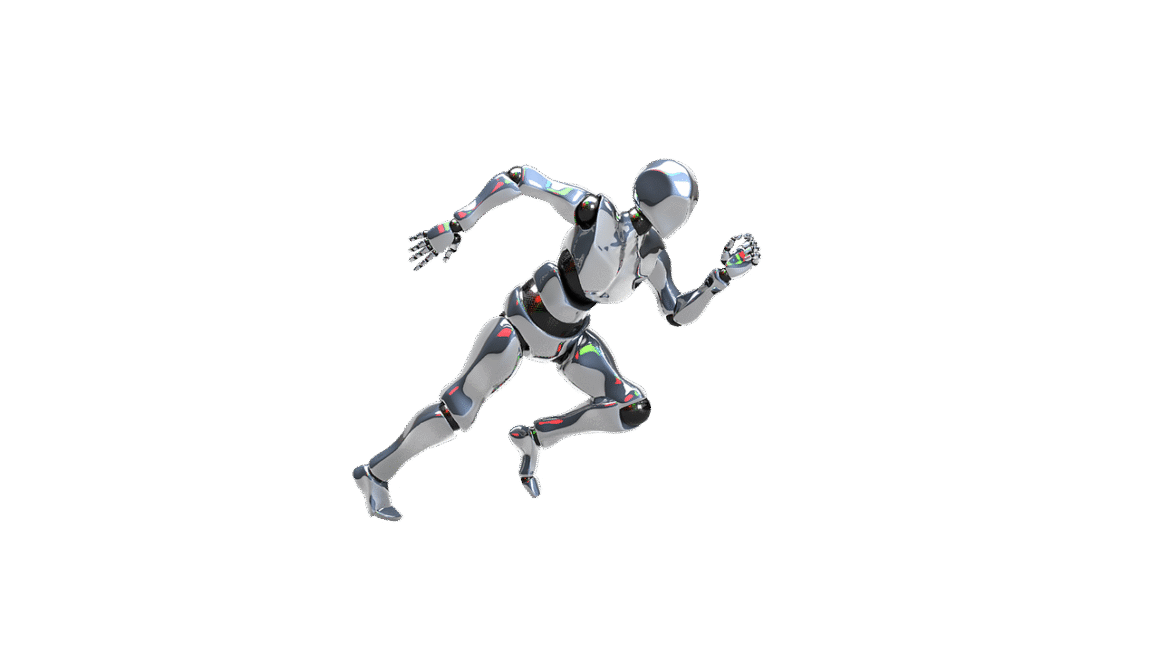The relentless march of artificial intelligence (AI) continues to reshape our world, impacting everything from healthcare and finance to transportation and entertainment. Behind these revolutionary advancements lies a vibrant and dynamic field: AI research. This blog post delves into the core areas, methodologies, and future directions of AI research, providing a comprehensive overview for anyone seeking to understand this transformative technology.
What is AI Research?
AI research is the scientific study of intelligent agents: systems that perceive their environment and take actions to maximize their chances of successfully achieving their goals. It’s a highly interdisciplinary field, drawing from computer science, mathematics, statistics, neuroscience, psychology, and philosophy. The ultimate aim is to create machines that can think, learn, and act intelligently, solving complex problems and automating tasks that currently require human intelligence.
Key Goals of AI Research
- Developing algorithms: Creating new and improved algorithms for machine learning, natural language processing, computer vision, and robotics.
- Improving existing AI systems: Enhancing the accuracy, efficiency, and robustness of current AI technologies.
- Understanding intelligence: Gaining a deeper understanding of human cognition and intelligence to inspire new AI approaches.
- Addressing ethical concerns: Developing AI systems that are fair, transparent, and accountable.
- Exploring new applications: Discovering novel applications of AI in various domains.
Who Conducts AI Research?
AI research is conducted in a variety of settings:
- Universities: Academic researchers at universities are at the forefront of theoretical and fundamental AI research. They often publish their findings in peer-reviewed journals and conferences. Examples include Stanford, MIT, and Carnegie Mellon University.
- Industry Labs: Tech giants like Google (Google AI), Microsoft (Microsoft Research), Facebook (Meta AI), and Amazon (Amazon AI) have large AI research divisions that focus on practical applications of AI.
- Government Agencies: Government agencies such as DARPA (Defense Advanced Research Projects Agency) fund AI research projects with the aim of advancing national security and technological competitiveness.
- Independent Research Institutes: Independent research organizations like OpenAI and DeepMind focus on advancing AI safety and developing beneficial AI technologies.
Core Areas of AI Research
AI research encompasses a wide range of subfields, each with its own specific focus and challenges. Here are some of the most prominent areas:
Machine Learning
Machine learning (ML) is the study of algorithms that allow computers to learn from data without being explicitly programmed.
- Supervised Learning: Training a model on labeled data to make predictions on new, unseen data. Example: Predicting housing prices based on historical data.
- Unsupervised Learning: Discovering patterns and structures in unlabeled data. Example: Clustering customers based on their purchasing behavior.
- Reinforcement Learning: Training an agent to make decisions in an environment to maximize a reward. Example: Training a robot to navigate a maze.
- Deep Learning: A subfield of machine learning that uses artificial neural networks with multiple layers to analyze data. Example: Image recognition, natural language processing.
Natural Language Processing (NLP)
NLP focuses on enabling computers to understand, interpret, and generate human language.
- Text Summarization: Condensing large amounts of text into shorter, more concise summaries. Example: Summarizing news articles.
- Machine Translation: Automatically translating text from one language to another. Example: Google Translate.
- Sentiment Analysis: Determining the emotional tone of a piece of text. Example: Analyzing customer reviews to identify positive and negative feedback.
- Question Answering: Building systems that can answer questions posed in natural language. Example: Chatbots.
Computer Vision
Computer vision aims to enable computers to “see” and interpret images and videos.
- Object Detection: Identifying and locating objects within an image. Example: Self-driving cars detecting pedestrians and traffic signs.
- Image Recognition: Classifying images based on their content. Example: Identifying different types of plants from images.
- Image Segmentation: Dividing an image into multiple regions or objects. Example: Medical imaging analysis.
- Facial Recognition: Identifying and verifying individuals from their facial features. Example: Security systems.
Robotics
Robotics involves designing, building, operating, and applying robots.
- Autonomous Navigation: Enabling robots to navigate their environment without human intervention. Example: Self-driving cars, warehouse robots.
- Human-Robot Interaction: Designing robots that can interact with humans in a natural and intuitive way. Example: Social robots.
- Robotic Manipulation: Developing robots that can manipulate objects with precision and dexterity. Example: Assembly line robots.
- Swarm Robotics: Coordinating the behavior of multiple robots to achieve a common goal. Example: Search and rescue operations.
Research Methodologies in AI
AI research relies on a variety of methodologies to develop and evaluate new AI systems.
Data Collection and Preprocessing
- Data Acquisition: Gathering relevant data from various sources, such as publicly available datasets, web scraping, and sensor data.
- Data Cleaning: Removing errors, inconsistencies, and missing values from the data.
- Data Transformation: Converting the data into a suitable format for machine learning algorithms.
- Feature Engineering: Selecting and transforming relevant features from the data.
Model Development and Training
- Algorithm Selection: Choosing the appropriate machine learning algorithm for the task at hand.
- Model Training: Training the selected algorithm on the preprocessed data.
- Hyperparameter Tuning: Optimizing the algorithm’s parameters to achieve the best performance.
- Model Evaluation: Evaluating the performance of the trained model on a separate test dataset.
Experimentation and Analysis
- Controlled Experiments: Conducting experiments to isolate the effects of different variables on the performance of the AI system.
- Statistical Analysis: Using statistical methods to analyze the experimental results and draw conclusions.
- Qualitative Analysis: Evaluating the AI system’s performance from a qualitative perspective, such as through user studies and expert reviews.
- Error Analysis: Identifying and analyzing the errors made by the AI system to improve its performance.
Ethical Considerations
AI research must adhere to ethical guidelines to ensure that AI systems are developed and used responsibly.
- Fairness: Ensuring that AI systems are not biased against certain groups of people.
- Transparency: Making AI systems understandable and explainable.
- Accountability: Assigning responsibility for the actions of AI systems.
- Privacy: Protecting the privacy of individuals when using AI systems.
Future Directions in AI Research
The field of AI research is constantly evolving, with new breakthroughs and challenges emerging all the time. Here are some of the key future directions:
Explainable AI (XAI)
- Developing AI systems that can explain their decisions and actions in a human-understandable way. This is crucial for building trust in AI and ensuring accountability. Example: Explaining why a loan application was denied.
AI Safety
- Ensuring that AI systems are safe and reliable, and that they do not pose a threat to humans. This includes research on preventing AI from being used for malicious purposes.
General-Purpose AI (AGI)
- Developing AI systems that can perform any intellectual task that a human being can. This is a long-term goal of AI research, and it would have profound implications for society.
Neuro-Symbolic AI
- Combining the strengths of neural networks and symbolic reasoning to create more powerful and flexible AI systems. This approach aims to integrate data-driven learning with knowledge representation and reasoning.
Edge AI
- Deploying AI models on edge devices (e.g., smartphones, sensors) to enable real-time processing and reduce latency. This is particularly important for applications such as autonomous driving and industrial automation.
Conclusion
AI research is a dynamic and rapidly evolving field with the potential to transform many aspects of our lives. From machine learning and natural language processing to computer vision and robotics, AI is driving innovation across a wide range of industries. By understanding the core concepts, methodologies, and future directions of AI research, individuals and organizations can harness the power of AI to solve complex problems and create new opportunities. As AI continues to advance, it’s crucial to address ethical concerns and ensure that AI systems are developed and used responsibly. The future of AI depends on the continued efforts of researchers, engineers, and policymakers working together to create a more intelligent and beneficial world.




